Sexual and Asexual Reproduction Study Guide
Introduction:
Reproduction, without any doubt, is termed necessary for the survival of a species. It is a basic fundamental living feature and a biological process through which parents develop offspring. Organisms exist due to reproduction, which can be divided into sexual and asexual reproduction. Each comes with unique features, specifications, and advantages. Vertebrates, like humans, follow sexual reproduction. Here is a detailed guide on the two basic forms of reproduction.
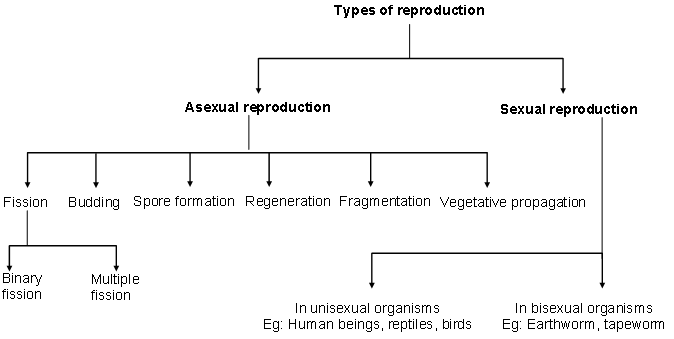
What is asexual reproduction?
Asexual reproduction helps produce offspring where the offspring would be a complete duplicate of the original parent, being genetically identical. Asexual reproduction involves prokaryotic microorganisms and also occurs in some multi-celled and single-celled organisms. Again, asexual reproduction could be segregated into fission, budding, parthenogenesis, and fragmentation.
- Fission: This is also termed binary fission, which is mainly observed in prokaryotic microorganisms alongside some multi-celled ones and some invertebrates. After growing for some time, the organism would divide into two separate offspring, which would be identical to the parent.

In some organisms, you would notice the parent organisms dividing, forming a second one. You can observe this in asteroid echinoderms (central disc splitting). This can also be observed in some of the sea anemones and coral polyps.
- Budding: This asexual reproduction occurs from the protrusion of a cell body part or any body region. This leads to separating two different individuals from the parent individual, being complete clones of the parent one. This asexual reproduction can be observed in corals alongside hydras.
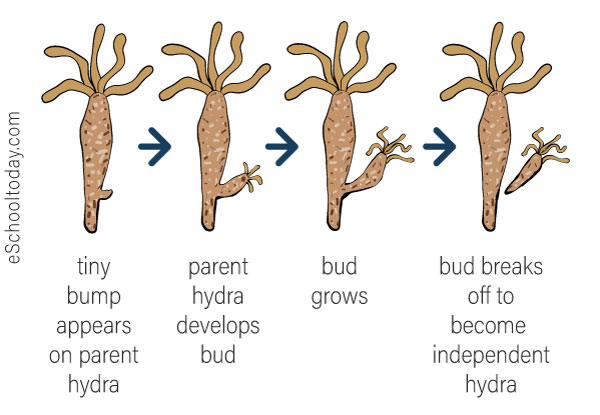
In hydras, a single bud forms, later developing into an individual and then finally separating. In corals, the bud never separates but multiplies, forming a new colony.
- Fragmentation: This asexual reproduction involves separating the body and regenerating it into new ones. If the parent one is large enough, a new individual would be formed with fragmentation. Often, sea stars are observed to reproduce through fragmentation. Have you ever wondered how an arm of a sea star, after it gets broken, regenerates? This happens due to fragmentation.
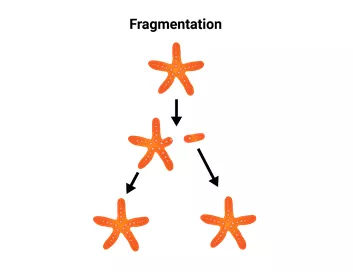
Often, fishery workers cut sea stars in half and throw them back in the ocean because they destroy the oyster farms and clams; however, these sea stars can regenerate without any hassle. Fragmentation can also be observed in turbellarians, poriferans, and annelid worms.
Key Point: In fragmentation, you would notice a difference in size in the new individual; however, for fission, the two new individuals formed would be approximately the same size.
- Parthenogenesis: In this type of asexual reproduction, an individual is developed from an egg without getting fertilized. The offspring could either be a haploid or a diploid, completely depending on the species and the process involved. You can observe parthenogenesis in water fleas, stick insects, wasps, ants, bees as well as rotifers.
Bees are unique in this aspect as they use parthenogenesis to produce haploid males and diploid females. Again, when the egg is fertilized, it reproduces a queen. You can also observe this type of sexual reproduction in amphibians, certain reptiles, and fish. For example, two Komodo dragons can produce this way when females are isolated from them.
What is sexual reproduction?
Sexual reproduction generally relates to combining reproductive cells from two individuals and forming a third. Sexual organisms are reproduced as having novel gene combinations. For humans, sexual reproduction happens with a male and female; however, in the animal kingdom, this term varies.
-
Hermaphroditism: This can be observed in animals that come with both female and male parts. This type of sexual reproduction could be observed in slugs, earthworms, snails, tapeworms. They could reproduce independently or mate with their species, which results in both producing offspring. Hermaphroditism is often noticed among animals with limited mobility, like clams and barnacles.
-
Sex Determination: Sex determination happens with the regulation of the chromosomes through an environmental factor. When it comes to humans, mammalian sex is determined through the Y and X chromosomes. Individuals having XX chromosomes are females, while those with XY are males.
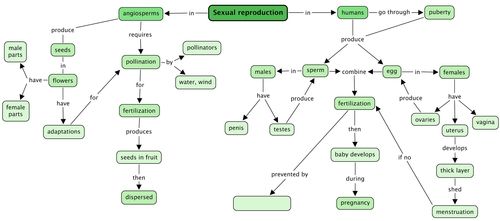
You would also find this phenomenon occurring in insects and some plants. However, when it comes to avian sex determination, the ZZ chromosome means male while ZW means female.
Sexual reproduction vs. asexual reproduction
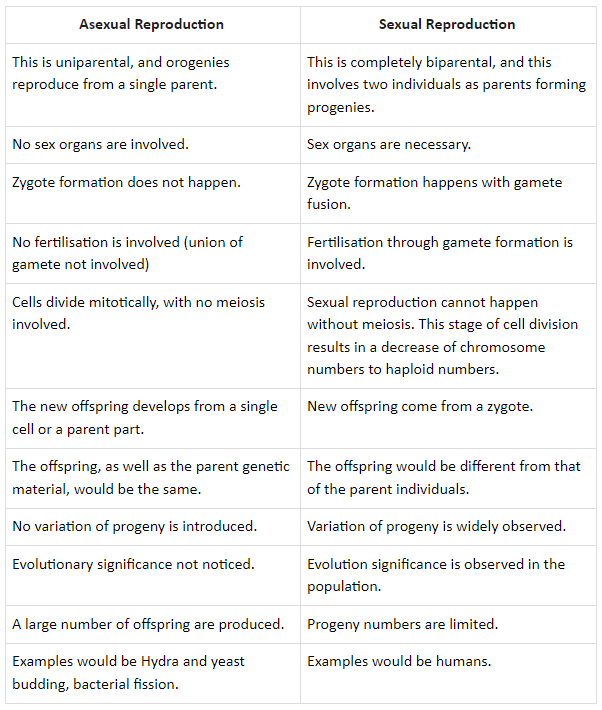
Conclusion:
- Asexual reproduction involves single parents and reproduces genetically similar offspring.
- Sexual reproduction requires two individuals to produce offspring being genetically unique.
- Meiosis produces gametes.
FAQs:
1. What are the examples of sexual and asexual reproduction?
Examples of sexual reproduction would be hydra budding and bacterial fission, and that of sexual reproduction would be humans.
2. What is the difference between sexual and asexual propagation?
Sexual propagation involves floral parts, and asexual propagation involves taking one part of the plant and causing it to regenerate.
3. What are the 7 types of sexual reproduction?
- Binary fission
- Budding
- Vegetative propagation
- Spore formation
- Fragmentation
- Parthenogenesis
- Apomixis
4. What is the difference between sexual and asexual reproduction based on the similarity of the offspring’s genetic information with that of the parents?
Asexual reproduction results in a genetic clone of the parent, while for sexual reproduction, the offspring is similar but genetically unique.
5. Is sexual reproduction mitosis or meiosis?
Sexual reproduction cannot happen without meiosis. This stage of cell division results in a decrease of chromosome numbers to haploid numbers.
We hope you enjoyed studying this lesson and learned something cool about Sexual and Asexual Reproduction! Join our Discord community to get any questions you may have answered and to engage with other students just like you! Don’t forget to download our App to experience our fun, VR classrooms – we promise, it makes studying much more fun! 😎
]]>